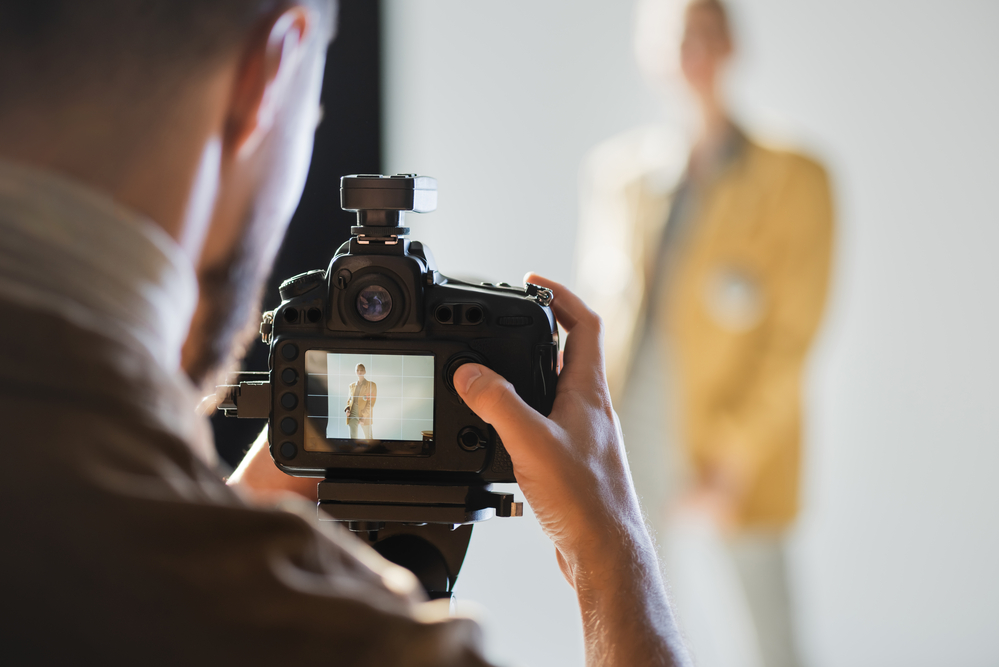Does Gear Matter in Stock Photography? Reviewing Top 5 Cameras on Depositphotos
Do you suffer from Gear Acquisition Syndrome? There is that common thought at the back of your head that new gear is going to help you improve and produce better work. You can buy all the most expensive gear available on the market, but it’s never going to fill the void. In this article, we might just smooth over your greatest fears and get rid of your misconceptions.
The important question we set out to answer is this – does gear matter in stock photography? Regardless of your background and your level of expertise, will your gear make a difference to your work?
Let’s start with a recent piece of evidence:
Based on this short experiment, it seems that your ability to communicate and direct your models to compose images that tell stories trumps any professional equipment. The cameras used in this experiment were Canon 50 Mark IV and Canon Rebel t3i. The first one is sold for $3299.00 (together with the lens, about $5000) and the later for $500 and less.
The most striking part of this experiment was that you couldn’t tell much about the quality of the photographs but what was evident is that artistic direction makes or breaks the photograph.
Does gear matter in stock photography?
It’s a common misconception that high-end gear is essential for success in stock photography. In certain circumstances, it can be. For instance, if you need very high-resolution images for large billboards or print magazines. Top gear is also quite crucial for specific photoshoots such as sports and wildlife photography.
Top 5 cameras used by our photographers
Based on our EXIF stats, we were able to extract data about the most popular camera brands as well as well as the most popular cameras. Since we’ve established that gear depends on your specialty, let’s look at some of the more ‘universal’ solutions for stock photographers. No, this won’t be an endless discussion about the ongoing rivalry of Canon and Nikon. Our data and our contributors have decided the winners for us.
*All list prices are for the body of the camera, excluding the lens
1. Canon EOS 5D Mark II
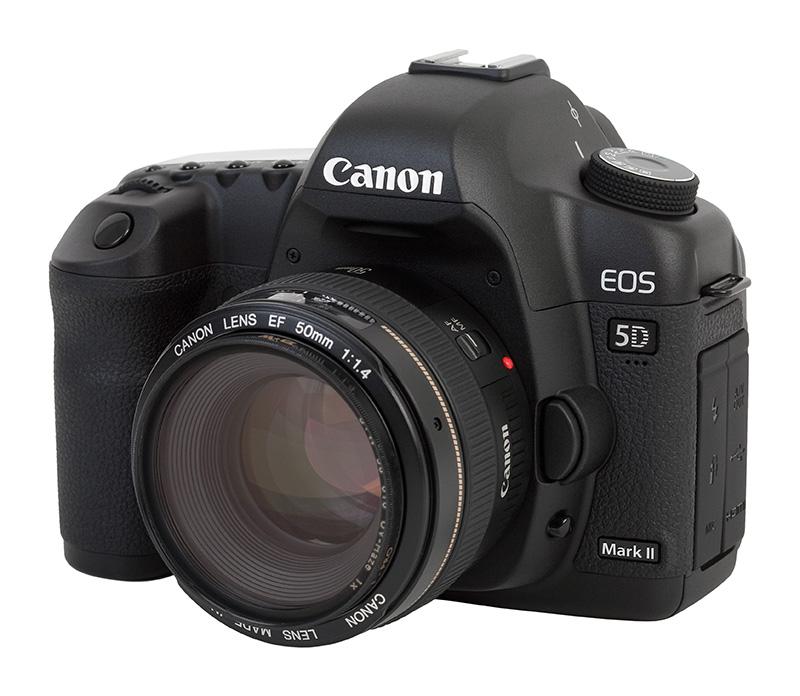
Canon announced the release in 2008, and somehow the camera is still the top choice of photographers in 2017. This category of cameras from Canon was the first one with a more compact body. Both the features and the resolutions in this camera make it a long lasting investment. It’s a 21 megapixel camera, 1080p video , a live view option and a higher battery capacity.
Benefits: Photographers have praised this camera for the photo quality and excellent performance. It’s also great for video shooting, being the first SLR capable of recording HD video.
Downfalls: There is no built-in flash which could be crucial for some photographers. There is no built-in wireless control and a large spot meter.
List price: $2,199.00
2. Canon EOS 5D Mark III
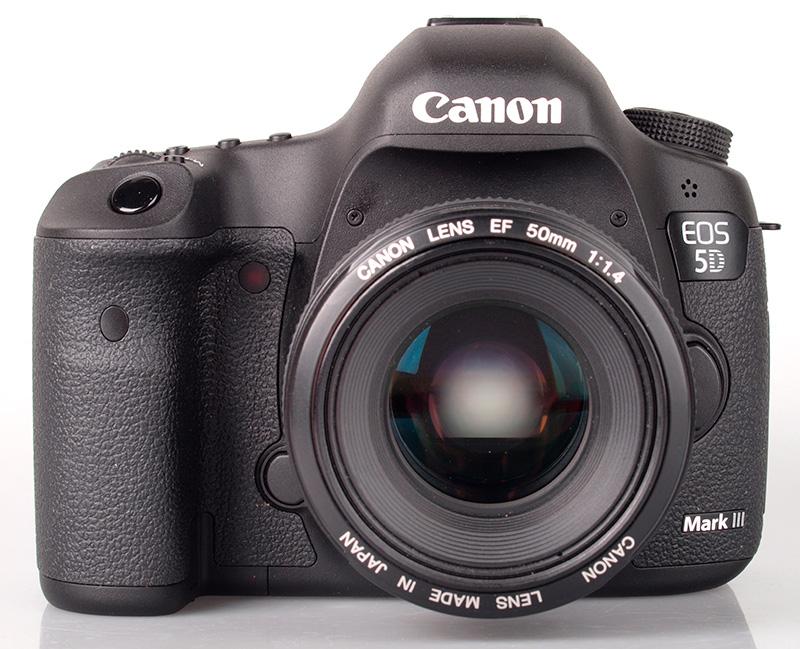
You might notice the similarities in design to the EOS 7D Canon camera. It’s also often compared to Nikon’s 36MP D800, which was a topic of discussion around the same time of the release of this camera. For those that are loyal to Canon, the 5D Mark III might just be the update everyone wanted in the 5D Mark II camera. Canon EOS 5D Mark III is a completely new model, with updates and upgrades in the major systems. Little tweaks in the camera such as the dual slots for CF and SD cards, a locking exposure mode dial and a DoF preview button are all the little things that really do make a difference.
Benefits: A better performance in comparison to the 5D Mark II camera. Excellent and consistent quality of images and video.
Downfalls: JPEG photos shot at a low ISO aren’t as great in quality as you would expect.
List price: $2,799.00
3. Canon EOS 6D
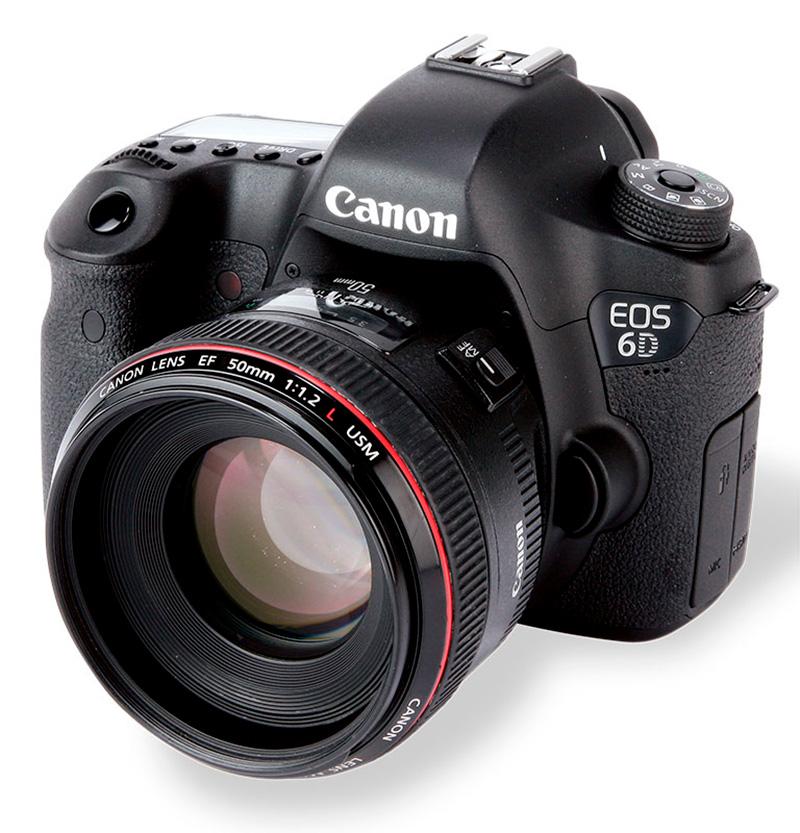
Speaking of being cost-effective, the Canon EOS 6D was praised for being a price-conscious full-frame DSLR. What’s peaked the attention of many photographers is the humble price for such an advanced camera. It’s a close model to the EOS 60 camera in moth dimensions and layout. The main distinguishing features are a ‘quieter’ shutter mechanism, a built-in Wi-Fi, GPS, and improved low-light focusing sensitivity.
Benefits: Full-frame sensor lives up to the high photo and video quality. It’s well designed and quite light.
Downfalls: Despite the great little additions and features of this camera, some of the basics like multiple card slots and built-in flash are lacking.
List price: $1,699.00
4. Nikon D800
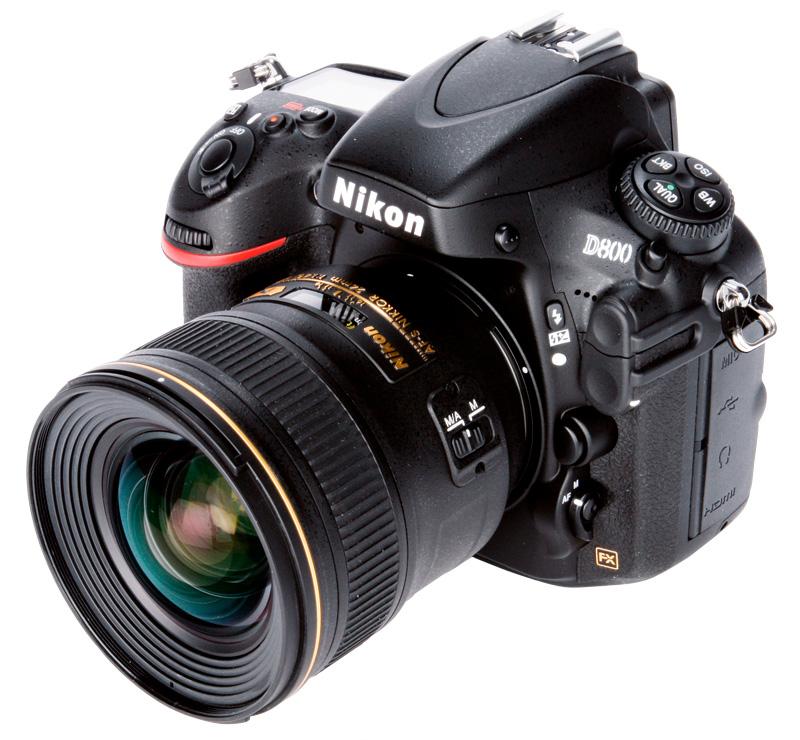
The most notable feature of this camera is a new sensor that boasts 36.8 million pixels. It is also known for being Nikon’s highest resolution DSLR, doubling the pixel count of the D4 cameras. It’s a camera that is preferred by professionals that shoot in the studio often or ones that mostly pursuit landscape photography. Nikon took some of the great benefits and features from the Canon EOS 5D Mark II camera (video performance to be specific) and came up with their version of a high-performance model.
Benefits: Excellent quality of videos and photos. An improved and noticeable speed performance.
Downfalls: One of the most common complaints is the battery life which can be improved.
List price: $2,999.95
5. Nikon D7000
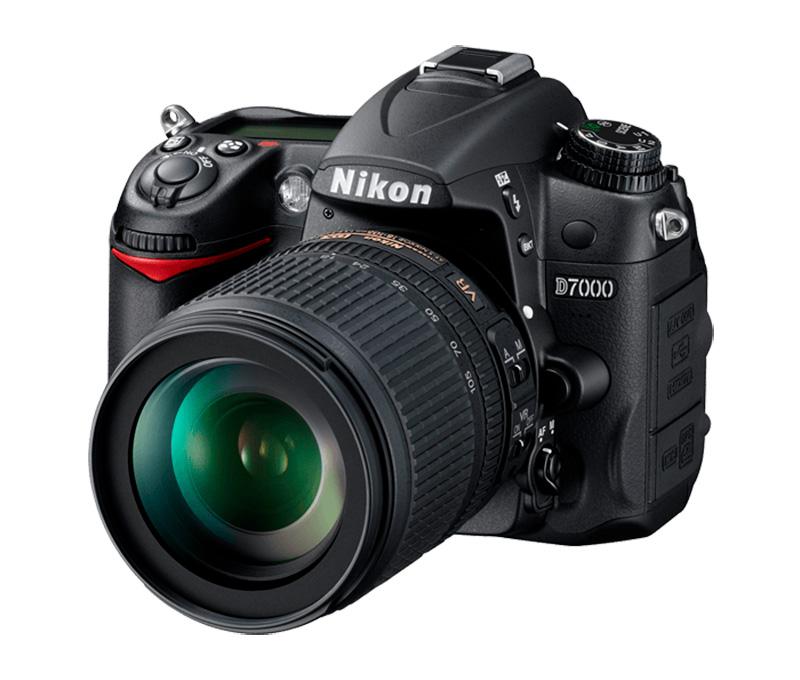
The Nikon D7000 outperforms the predecessor cameras D90 and D300s. The design of the body shell is slightly different to other models, it is made of magnesium alloy and has a thicker rubber coating for better hand grip. This camera also offers the second highest resolution of all the Nikon DSLRs. There is a new CMOS sensor with more pixels. The metering systems are new and the upgrade is noticeable from the D90 cameras.
Benefits: A great viewfinder, excellent performance and little additions like the double SDXC-compatible card slots. Improved design and a relatively low cost.
Downfalls: Absence of 1080/30p video.
List price: $1,200
It’s safe to say that if you want to seriously invest your efforts into stock photograph, all these cameras must be good options. Keep in mind that if you want to make a radical change in your equipment, the lens is more important than the camera itself. More on these thoughts in our interview with Laszlo Lorik.
Keep up with our gear review articles to find out more on photography gear, equipment and other addons for photographers.
